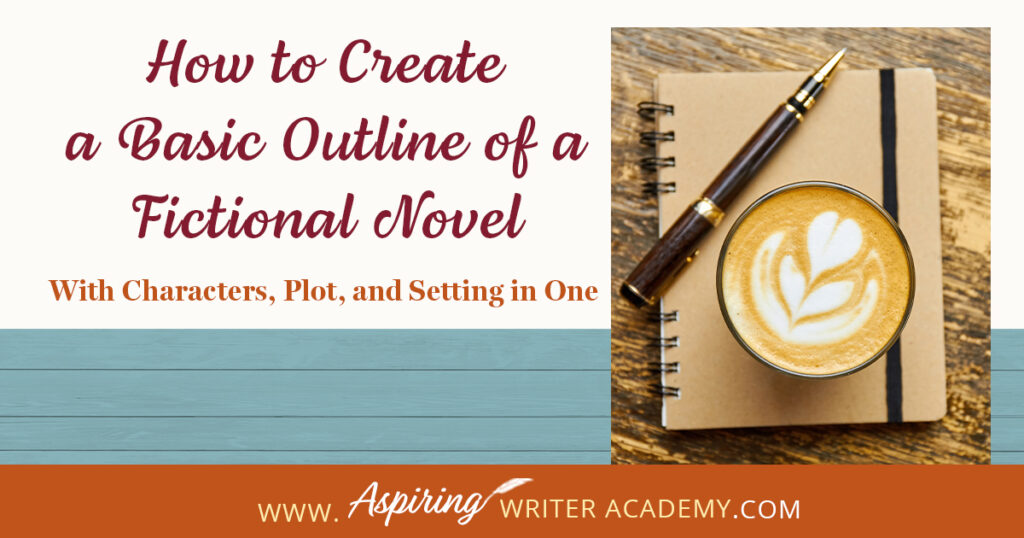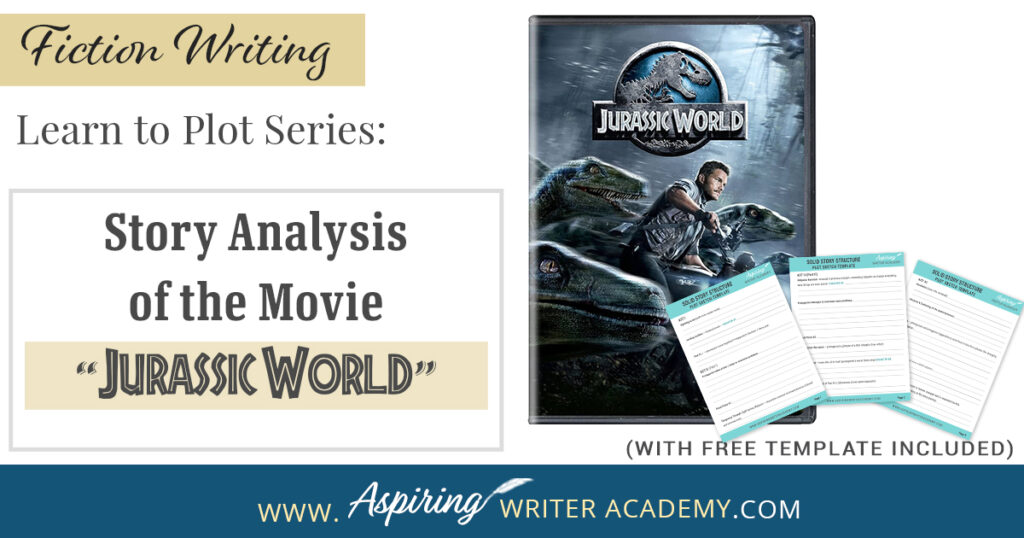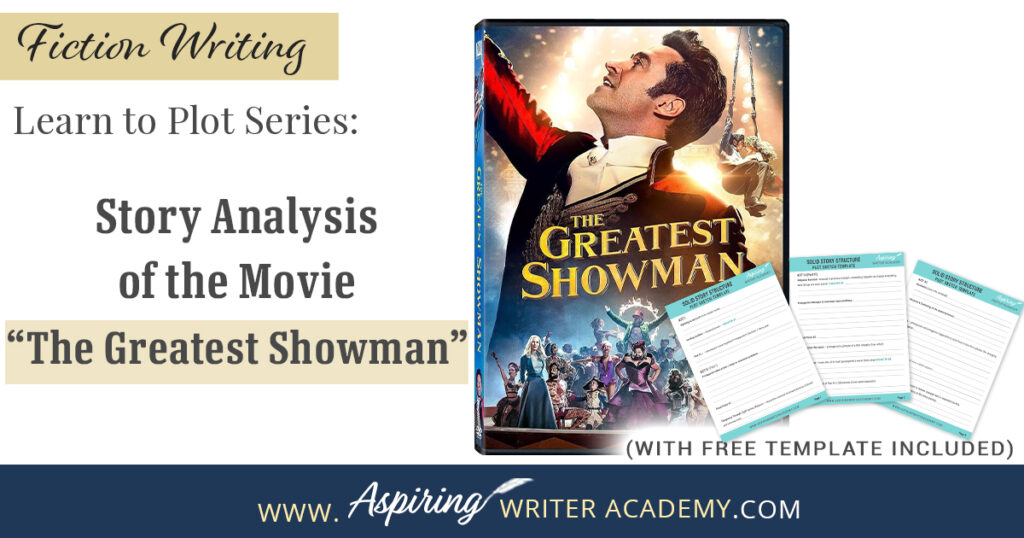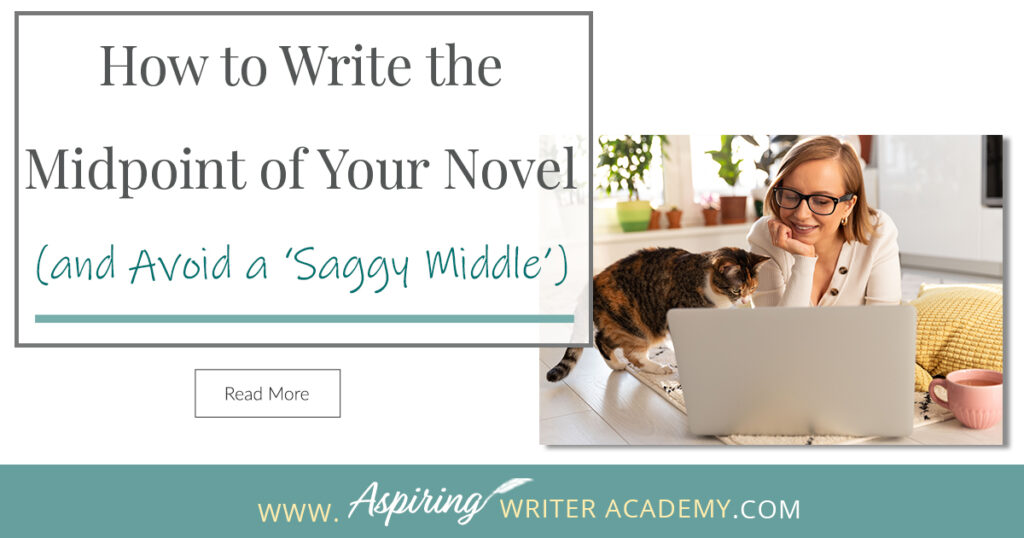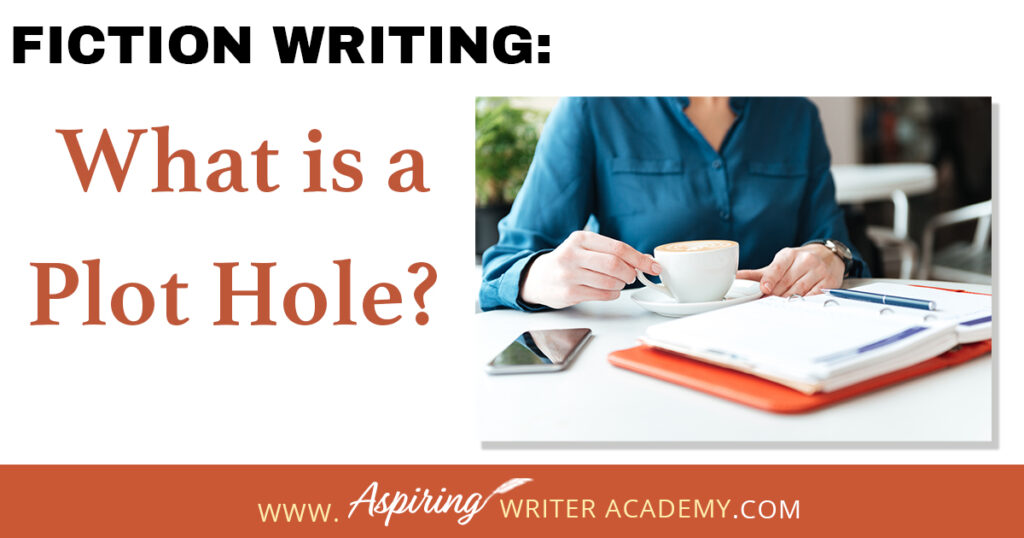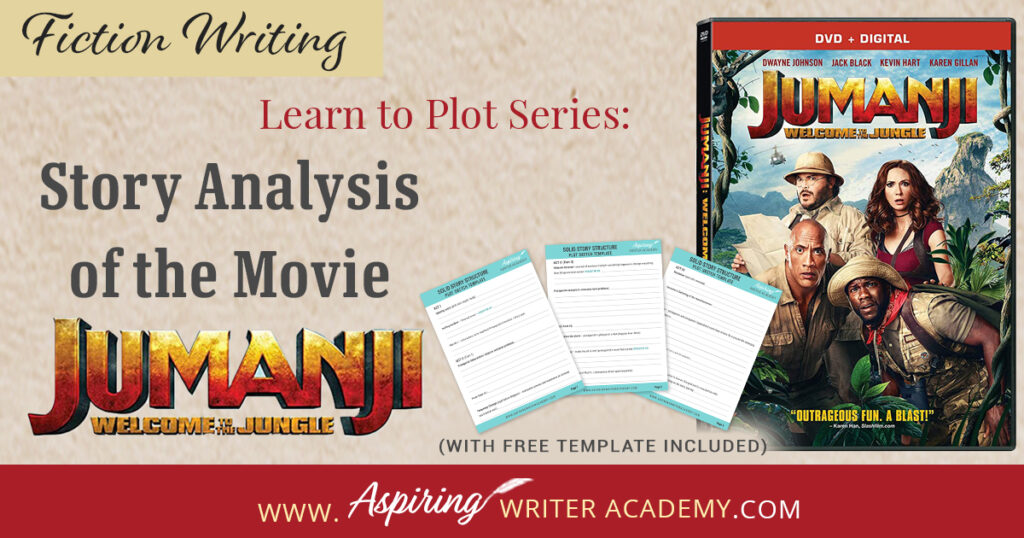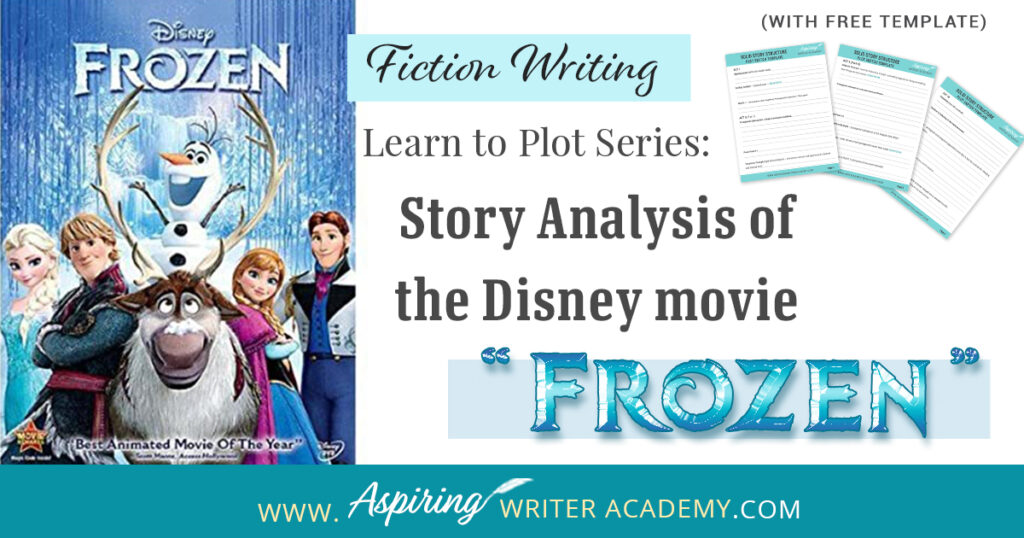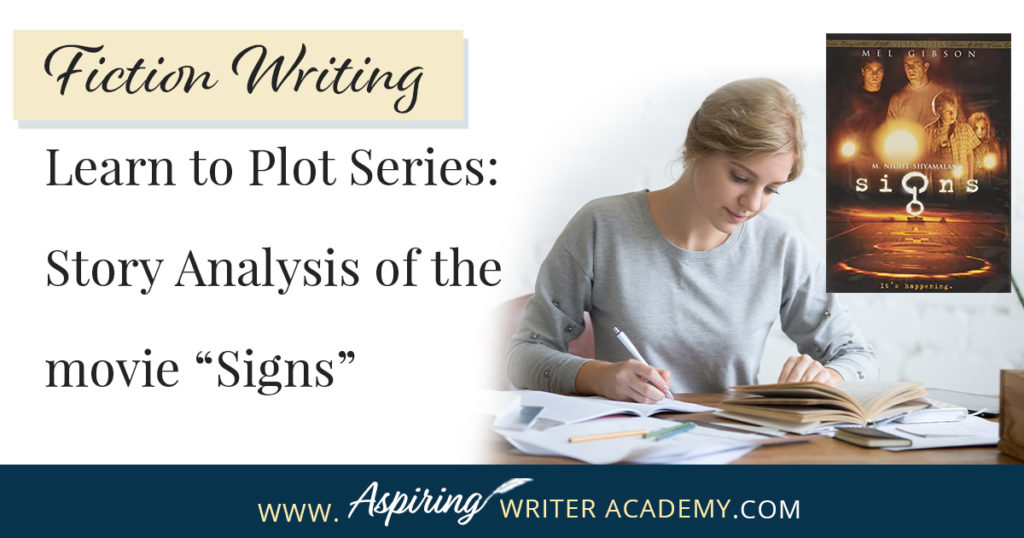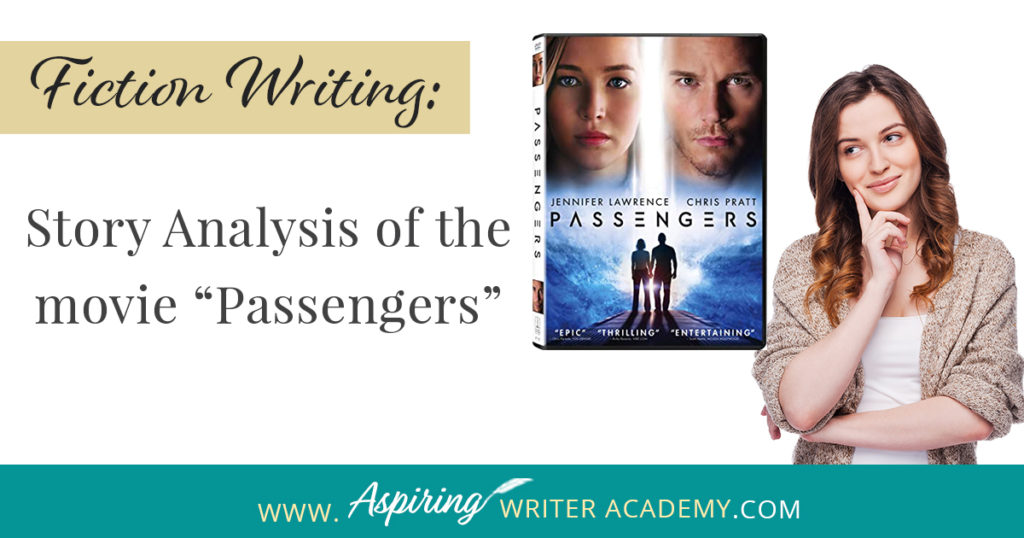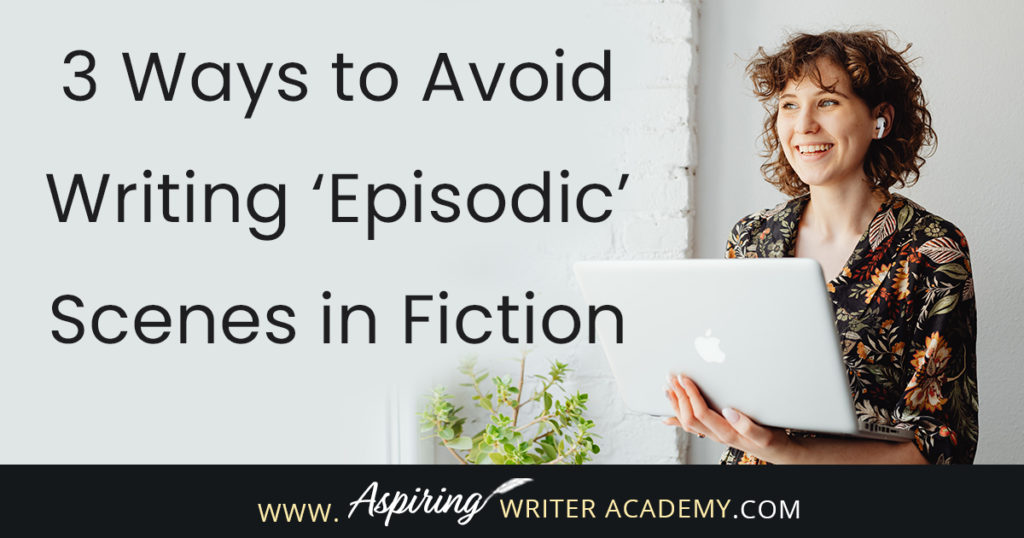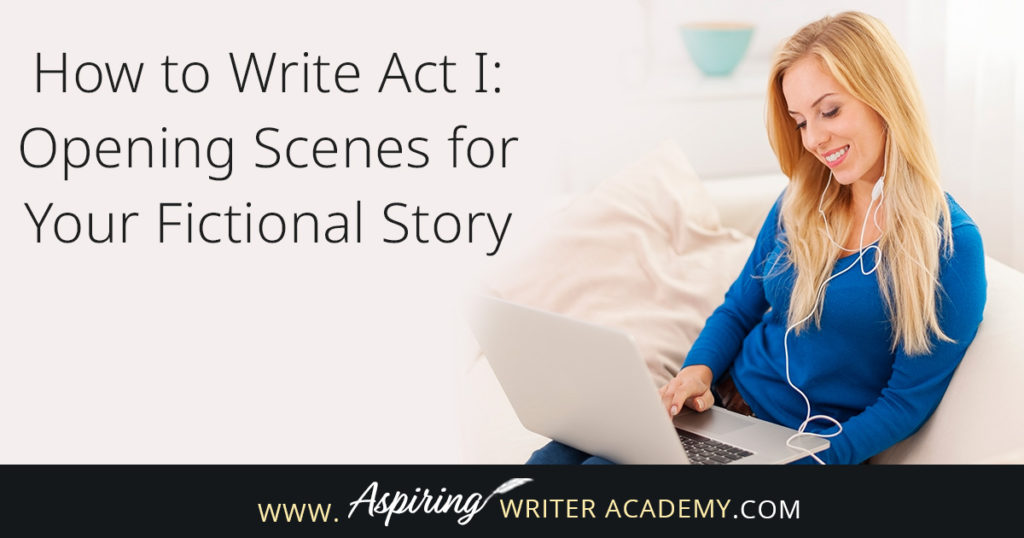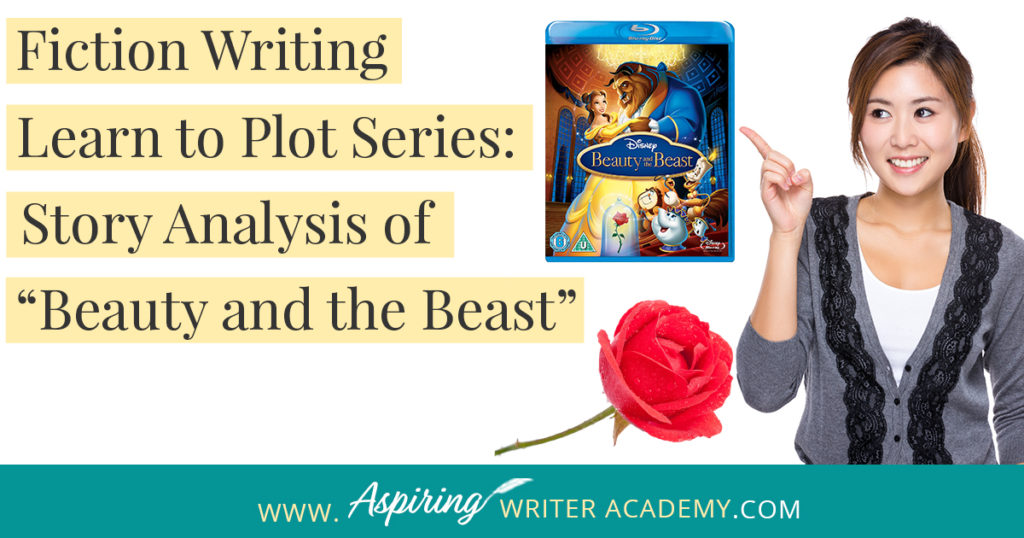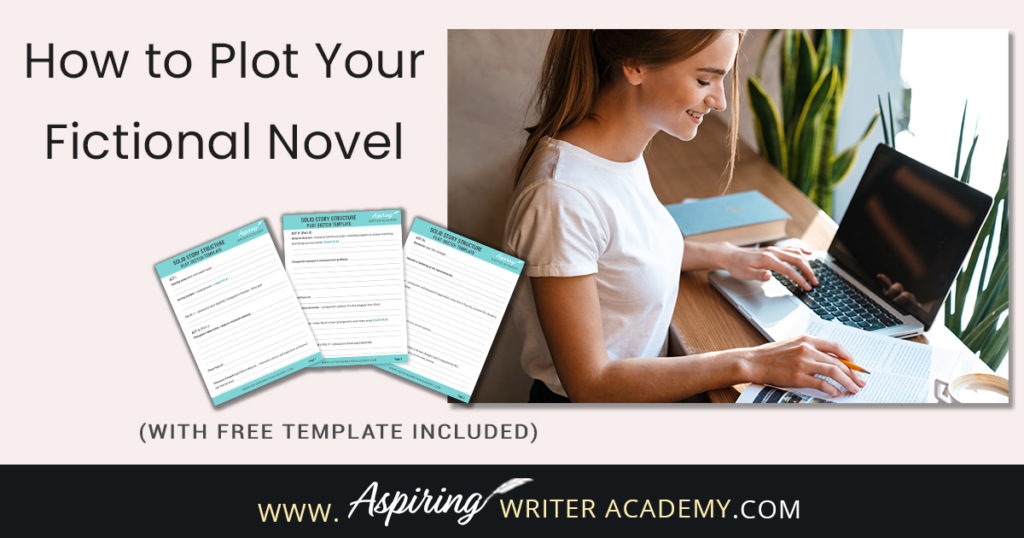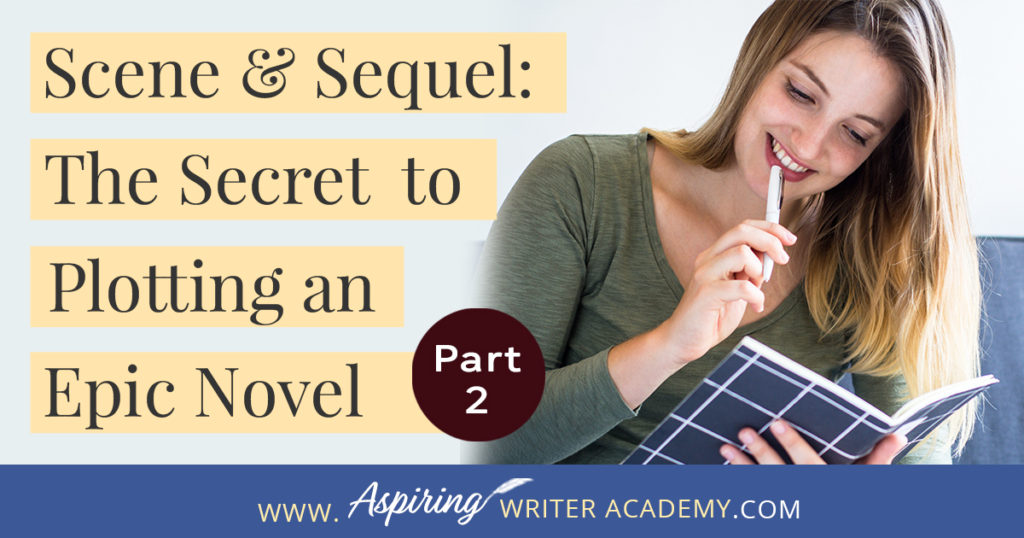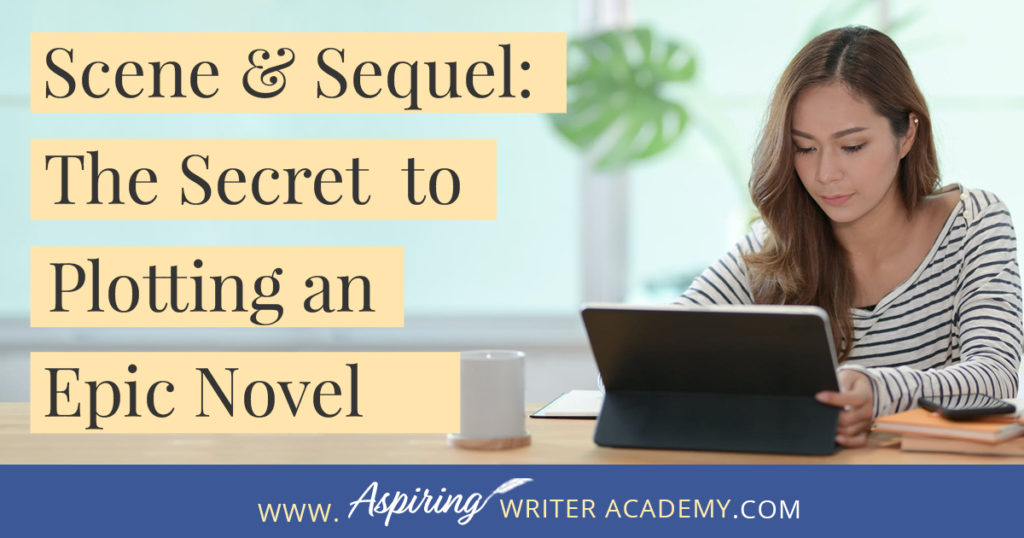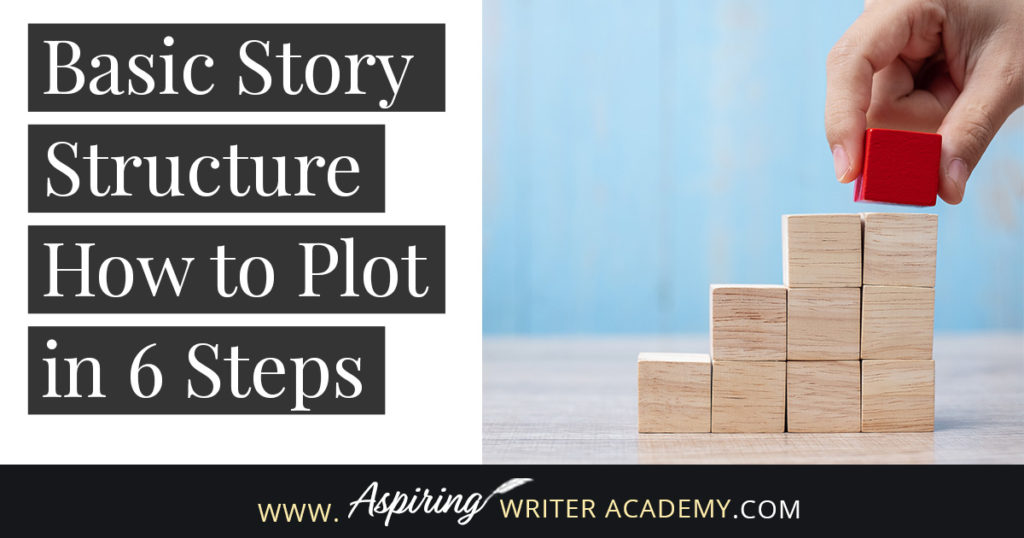Posts Tagged ‘Basic Story Structure’
How to Create a Basic Outline of a Fictional Novel with Characters, Plot, and Setting in One
Looking for a faster, easier way to brainstorm a new story idea? Wondering where to begin—characters, plot, or setting? You can start with any of these elements, but it’s essential to consider how they interconnect, as adjustments may be necessary to craft a cohesive story that works.
How to Outline a Fictional Novel with Characters, Plot, and Setting in One Day offers a set of insightful questions designed to help you create a basic outline for your new fictional story—all in a single session.
Read MoreLearn to Plot Fiction Writing Series: Story Analysis of the movie “Jurassic World”
The best way to learn story structure is to analyze good stories. Can you readily identify each plot point in every movie you see or book you read? Or do terms like ‘inciting incident,’ ‘midpoint reversal,’ and ‘black moment’ leave you confused?
In our Learn to Plot Fiction Writing Series: Story Analysis of the movie “Jurassic World” we show you how to recognize each element and provide a Free Plot Template so you can draft satisfying, high-quality stories of your own.
Read MoreLearn to Plot Fiction Writing Series: Story Analysis of the movie “The Greatest Showman”
The best way to learn story structure is to analyze good stories. Can you readily identify each plot point in every movie you see or book you read? Or do terms like ‘inciting incident,’ ‘midpoint reversal,’ and ‘black moment’ leave you confused?
In our Learn to Plot Fiction Writing Series: Story Analysis of the movie “The Greatest Showman” we show you how to recognize each element and provide a Free Plot Template so you can draft satisfying, high-quality stories of your own.
Read MoreHow to Write the Midpoint of Your Novel (and Avoid a ‘Saggy Middle’)
Do your novels begin full steam with a lot of energy and momentum only to fizzle out by the book’s middle? If repeated, you may soon have a whole drawer of brilliant starts but no finished projects. So how do you avoid writing a ‘saggy middle?’
In our post, How to Write the Midpoint of Your Novel (and Avoid a ‘Saggy Middle’), we give you a template to slingshot your story over that dreaded hump and straight into the second half so you can keep writing and finally get to ‘The End!’
Read MoreFiction Writing: What is a Plot Hole?
As its name suggests, a plot hole is a missing piece of your novel that trips up your reader. The story is progressing smoothly and then all the sudden something just doesn’t make sense. This breaks trust with your reader, who now finds the story unbelievable.
How do you know if your story has holes in the plot? In Fiction Writing: What is a Plot Hole? we discuss the various kinds of plot holes so you can eradicate them from your writing and keep your audience enthralled.
Read MoreLearn to Plot Fiction Writing Series: Story Analysis of the movie “Jumanji: Welcome to the Jungle”
The best way to learn story structure is to analyze good stories. Can you readily identify each plot point in every movie you see or book you read? Or do terms like ‘inciting incident,’ ‘midpoint reversal,’ and ‘black moment’ leave you confused?
In our Learn to Plot Fiction Writing Series: Story Analysis of the movie “Jumanji: Welcome to the Jungle” we show you how to recognize each element and provide a Free Plot Template so you can draft satisfying, high-quality stories of your own.
Read MoreLearn to Plot Fiction Writing Series: Story Analysis of the Disney movie “Frozen”
The best way to learn story structure is to analyze good stories. Can you readily identify each plot point in every movie you see or book you read? Or do terms like ‘inciting incident,’ ‘midpoint reversal,’ and ‘black moment’ leave you confused?
In our Learn to Plot Fiction Writing Series: Story Analysis of the Disney movie “Frozen” we will show you how to recognize each element and provide you with a Free Plot Template so you can draft satisfying, high-quality stories of your own.
Read MoreLearn to Plot Fiction Writing Series: Story Analysis of the movie “Signs”
The best way to learn story structure is to analyze good stories. Can you readily identify each plot point in every movie you see or book you read? Or do terms like ‘inciting incident,’ ‘midpoint reversal,’ and ‘black moment’ leave you confused?
In our Learn to Plot Fiction Writing Series: Story Analysis of the movie “Signs” we will show you how to recognize each element and provide you with a Free Plot Template so you can draft satisfying, high-quality stories of your own.
Read MoreFiction Writing: Story Analysis of the movie “Passengers”
As an aspiring writer, you may have heard of plot points, pinch points, inciting incident, temporary triumph, black moment, and the climax in traditional story structure, but can you readily identify them in every movie you see or book you read?
In our post Fiction Writing: Story Analysis of the movie “Passengers” we will show you how to recognize each element and provide you with a Free Plot Template so you can draft satisfying, high-quality stories of your own.
Read More3 Ways to Avoid Writing ‘Episodic’ Scenes in Fiction
Has anyone ever called your story ‘episodic?’ Were you left wondering what that term even meant? Perhaps you heard the word ‘episodic’ used negatively by an agent or editor at a conference, or by a critique partner, a Beta reader, or…in a rejection letter. In our post, 3 Ways to Avoid Writing ‘Episodic’ Scenes in Fiction, we help you overcome this common writing pitfall so you can strengthen your story and keep readers turning pages.
Read MoreHow to Write Act I: Opening Scenes for Your Fictional Story
Many writers come up with an idea for a great story but get stuck on the opening scenes.
* Where do you start?
* What should be included in chapter one?
* How should you introduce the characters and the story world?
* What exactly is an ‘inciting incident?’
* When do I insert backstory?
* What is Plot Point I?
In our post, How to Write Act I: Opening Scenes for Your Fictional Story, we answer each of these questions to help set your writing on the road to success.
Read MoreLearn to Plot Fiction Writing Series: Story Analysis of “Beauty and the Beast”
Many writers believe they can just sit down and write whatever pops into their head. However, most Popular Fiction contains specific components or “Plot Points” that serve to move a story forward from beginning to end.
In our Learn to Plot Fiction Writing Series: Story Analysis of Disney’s “Beauty and the Beast” we will show you how to recognize each element and provide you with a Free Plot Template so you can draft satisfying, high-quality stories of your own.
Read MoreHow to Plot Your Fictional Novel (with Free Template Included)
Solid Story Structure. What is it? If you wish to write a satisfying fictional story for your readers, then you must learn the specific elements or ‘Plot Points’ that nearly all Popular Fiction stories share. Using our Free Plot Sketch Template, included in our post, How to Plot Your Fictional Novel, you will be able to identify the various turning points in both movies and books and keep your own stories on track from beginning to end.
Read MoreScene & Sequel: The Secret to Plotting an Epic Novel (Part 2)
A good story is about a character who ACTS. His actions and decisions drive the story forward. However, many aspiring writers string together scenes that an editor might call ‘episodic.’ What is ‘episodic?’ This is when your character seems to enter a scene without a clear scene goal or intention of pursuing a scene goal, and a random event occurs causing the character to react. Then another disaster happens to this character in the next scene or the character gets more bad news.
Read MoreScene & Sequel: The Secret to Plotting an Epic Novel
Scene & Sequel: The Secret to Plotting an Epic Novel
(Part I)
Ever feel ‘stuck’ while writing or had your story called ‘episodic’ or ‘unmotivated?’ Do you have a hard time moving your story forward in a way that grips the reader?
Learn the individual components of Scene & Sequel to structure your scenes, advance the plot, and increase the stakes with each character decision.
Basic Story Structure: How to Plot in 6 Steps
Before you sit down to write a story, you must first decide: What do you want to write about? And even more importantly—Why?
Read More
